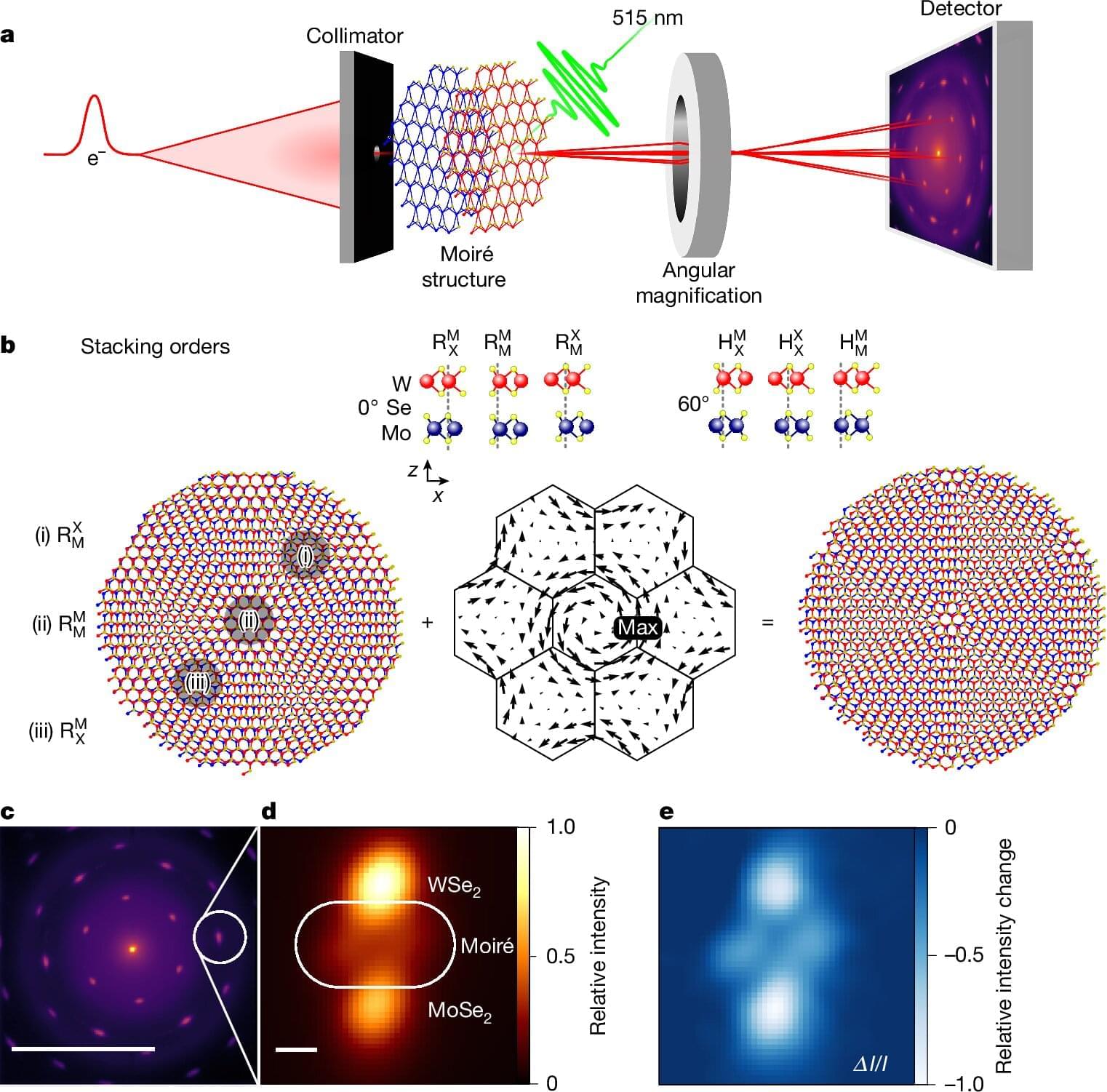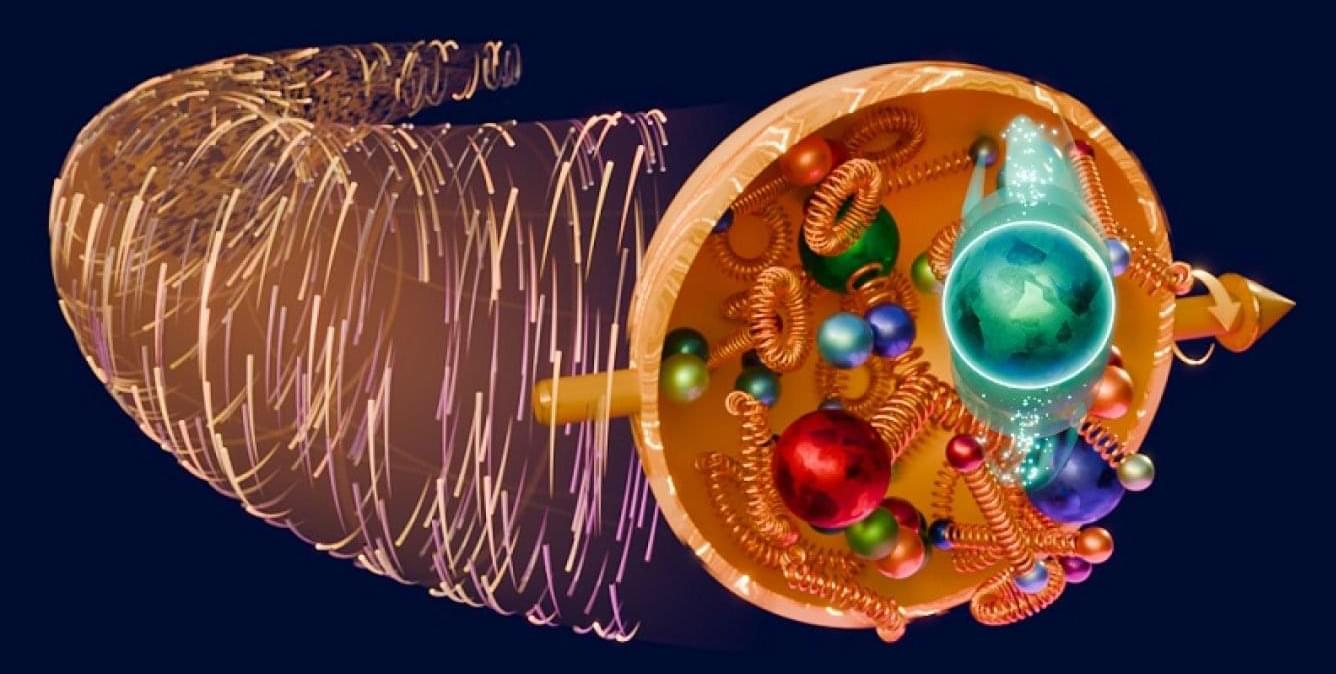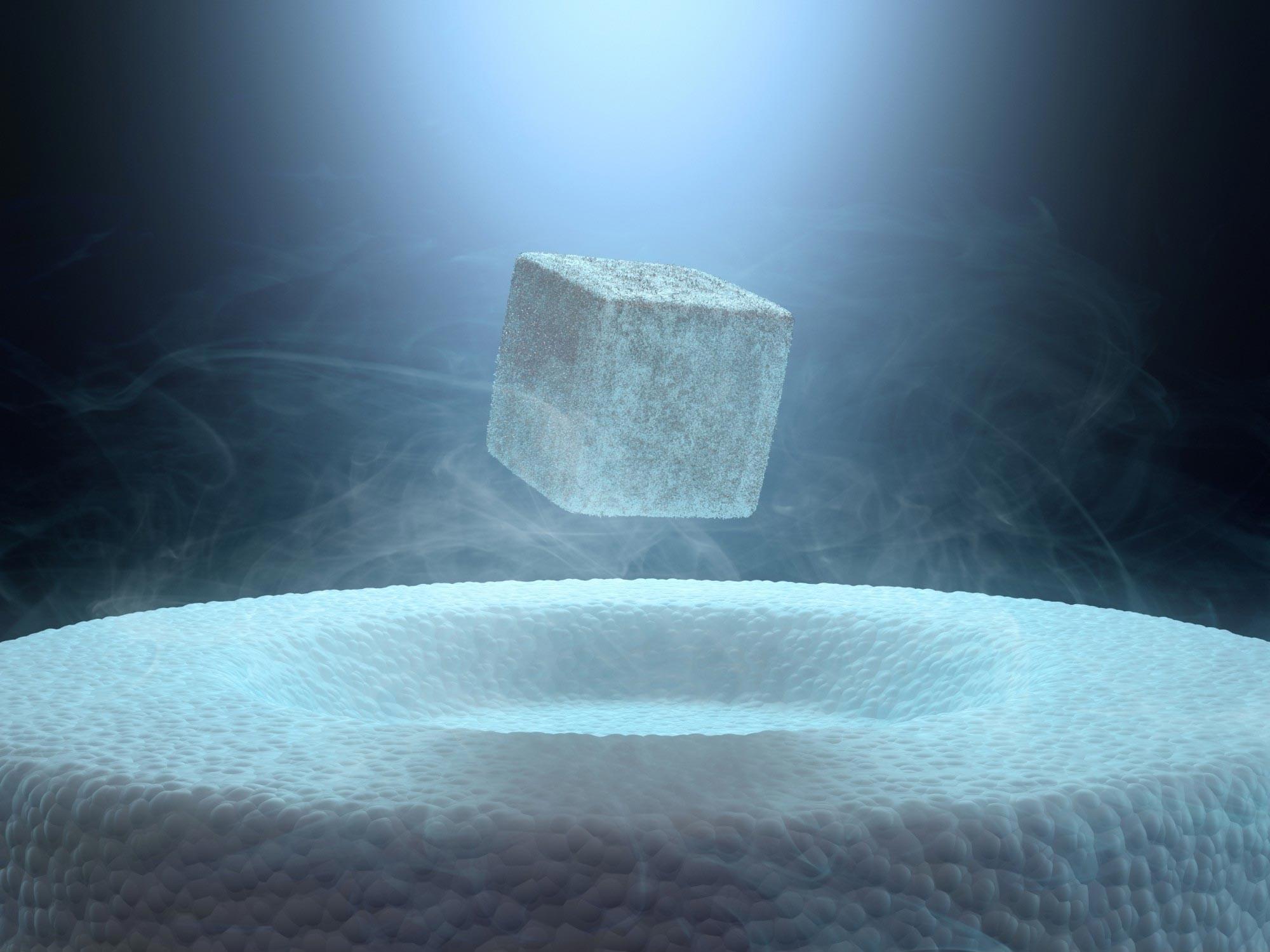A pulse of light sets the tempo in the material. Atoms in a crystalline sheet just a few atoms thick begin to move—not randomly, but in a coordinated rhythm, twisting and untwisting in sync like dancers following a beat.
This atomic choreography, set in motion by precisely timed bursts of energy, happens far too fast for the human eye or even traditional scientific tools to detect. The entire sequence plays out in about a trillionth of a second.
To witness it, a Cornell–Stanford University collaboration of researchers turned to ultrafast electron diffraction, a technique capable of filming matter at its fastest timescales. Using a Cornell-built instrument and Cornell-built high-speed detector, the team captured atomically thin materials responding to light with a dynamic twisting motion.









